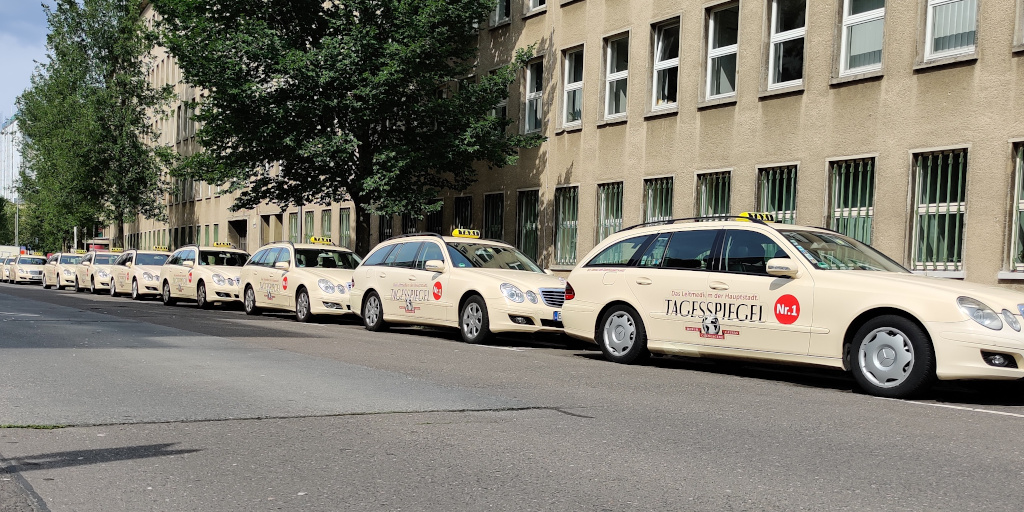The output of research is theory, initially just proposed, later validated (or invalidated). A theory is a description or model of phenomena of interest, and its main value is to make predictions about these phenomena. No predictions, no theory. Predictions are turned into hypotheses to put a theory to the test.
Sadly, the word theory has a bad taste in the mouth of most of the non-scientific world. However, “there is nothing more practical than a good theory,” as Lewin famously wrote. There is a gap, though: How to apply a theory? Most journals don’t afford the space for a full description of the theory, so researchers have to resort to book writing, which is something that has (comparatively little) academic value.
In our research, we actually write books. Handbooks, to be specific. And they don’t just serve documentation purposes, they are the starting point for theory evaluation. Our handbooks can be given to practitioners during action or case study research to guide them in their work, and we benefit from being able to evaluate what works and what doesn’t. You can’t do this with journal articles.
If you want to make your theory practical, I recommend our handbook method. There is an explanatory video and a journal article available.








Leave a Reply